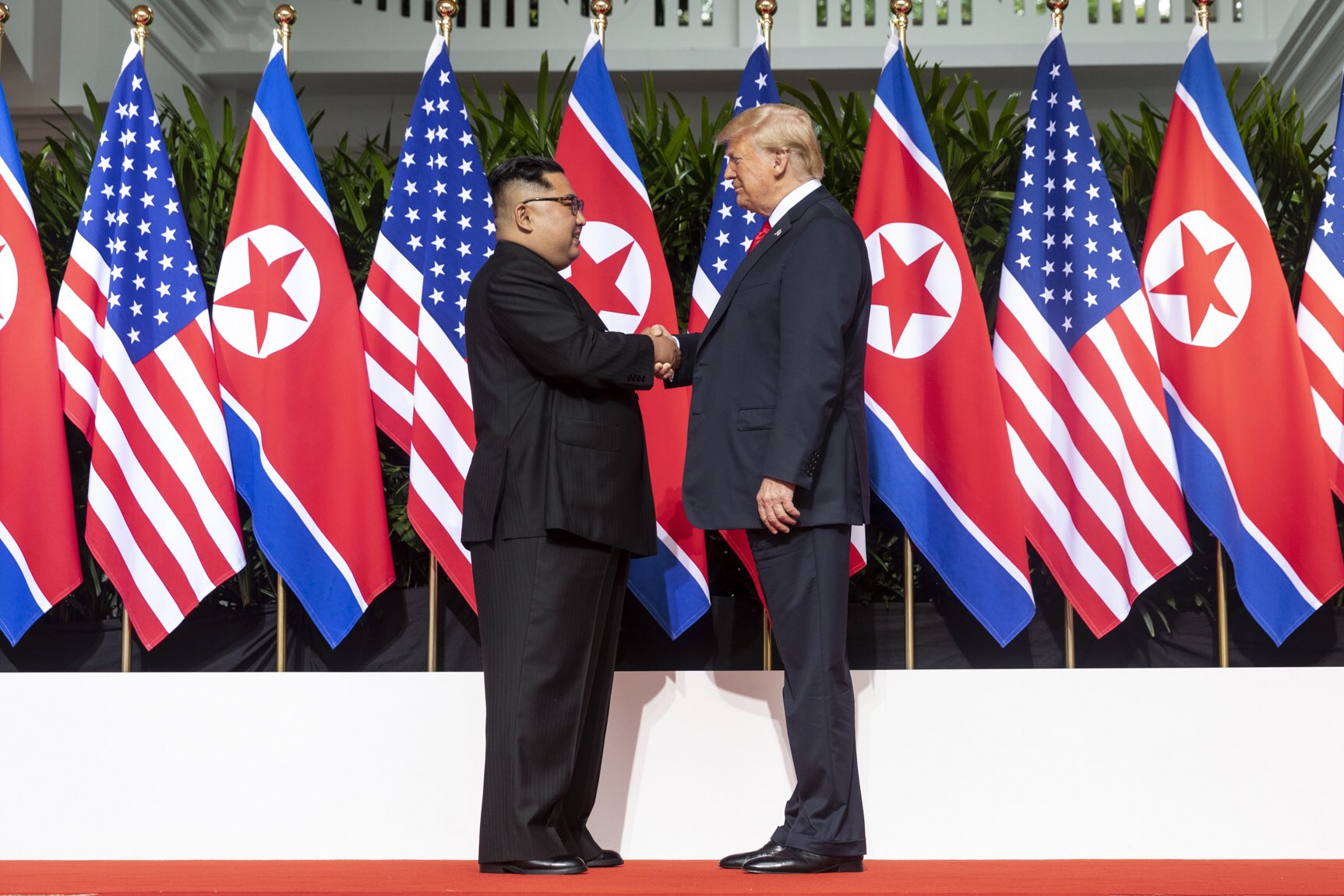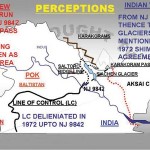IDR Blog
The Spectacle and Substance of the Trump-Kim Meeting

US President Donald Trump walked into North Korean territory alongside North Korean leader Kim Jong-un on 30 June 2019. The summit meet between the two leaders in the southern side of the DMZ followed. In this episode of spectacle, several historic firsts were achieved: it was the first time a sitting US president entered North Korean territory, a US president crossed the DMZ, and finally, the first time top leaders from the US, North Korea, and South Korea met trilaterally.
The frequency and fanfare of US-North Korea exchanges in the past few years may give the impression of a similar movement in bilateral relations and North Korea’s denuclearisation. On the contrary, there has been little to no movement on the ground. In fact, many critics allege that these theatrics distracts from the real issue and creates the false premise of forward movement. Working level official meetings held in good faith as a replacement for summit meets, in order to work towards substantially ironing out differences and lay the foundation for eventual denuclearisation, have been suggested as an alternative. Observers have argued that some important changes were visible in the first half of 2018, until the first US-North Korea summit in Singapore when both countries finally agreed to talk to each other. However, there has been no real progress since, including during their second summit in Hano, both on the bilateral front as well as nuclear talks. In this backdrop, Trump and Kim’s recent hour-long meeting has been evaluated in a negative light.
Indeed, it is true that Trump and Kim are both prone to pomp and spectacle. It is not quite accurate, however, to suggest that these displays are completely devoid of substance. The US-North Korea relationship and the issue of North Korea’s denuclearisation are complicated and multifaceted. They will not be resolved in a linear manner, or overnight, and several rounds of back and forth must be expected along with phases of impasse. The Singapore meeting was followed by talks between officials from both countries at various levels and locations. These officials offered their redlines and points of view, which were not acceptable to the other side. In fact, the attempt to cinch a deal during the Hanoi Summit failed because the US reportedly asked for more than the denuclearisation of the Yongbyon nuclear facility. In return, North Korea demanded the removal of all sanctions imposed on it.
The end of the Hanoi meeting was prophesied by many as the end of US-North Korea engagement. It is encouraging that at least the top leaders of both countries have apparently maintained some hope despite the Hanoi episode. The recent meeting is important as it is a clear indication from both the sides of their interest in working towards a deal, although at present they are not in agreement on the content. Another important step is that both the US and North Korea have instituted negotiating teams consisting of officials to go over, in greater detail, the technicalities of their respective positions. While it is true that the US and North Korean negotiating teams both contain some hardline officials, they are being deployed strategically by the leadership of the two countries. For example, US National Defense Advisor Jonh Bolton was with Trump in South Korea a few hours before his meeting. However, when Trump finally met Kim at the DMZ, Bolton was nowhere to be seen.
On this basis, it would be premature to write-off the Trump-Kim meeting as just spectacle. It may not appear sufficient at this point, but it still forward movement after the Hanoi Summit. It is now up to the two leaders to demonstrate a degree of compromise and generosity towards each other. They should also be aware, at all times, that these meetings are only the means to the final goals, that is, a better calibrated US-North Korea relationship, and North Korean denuclearisation.
Courtesy: http://www.ipcs.org/comm_select.php?articleNo=5598




